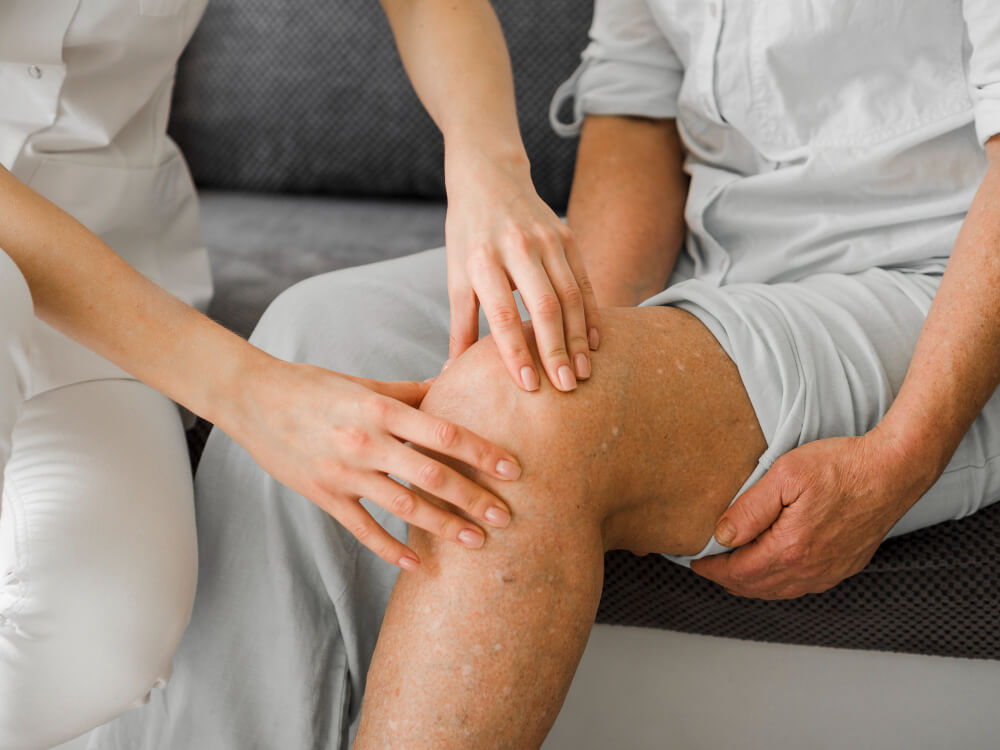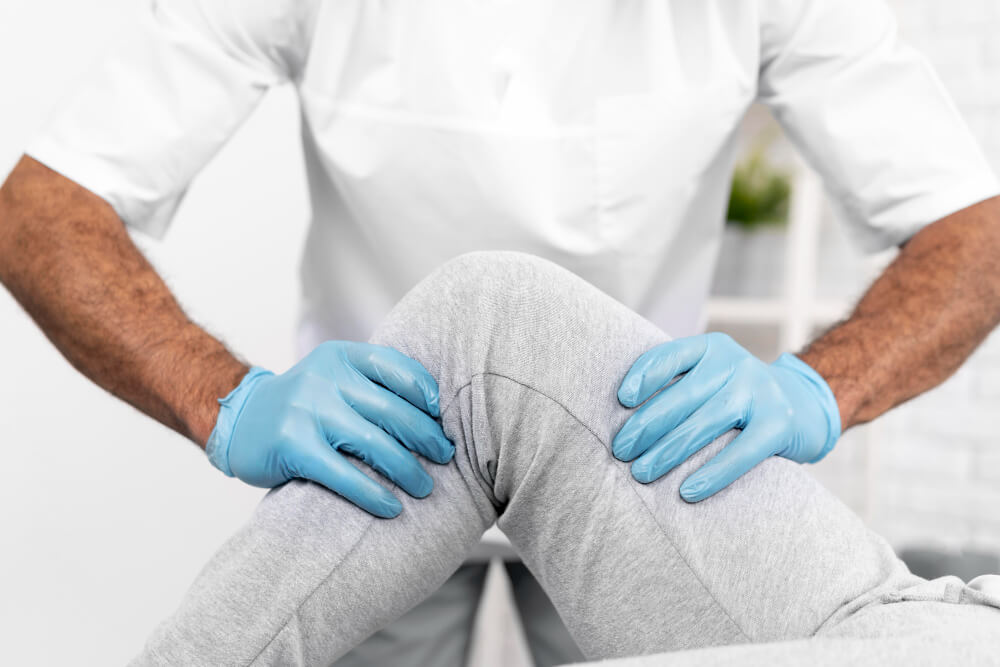Hidden Knee Damage After Crash? Know When to See a Doctor
The immediate aftermath of a car accident is often filled with adrenaline and the assessment of visible damage. But sometimes, serious injuries can lurk beneath the surface, waiting to reveal themselves later. One such concern is knee injuries, which can be quite common after a car accident.
This article delves into the world of car accident knee injuries, exploring the various types of injuries that can occur, the warning signs that might indicate a need for medical attention, and tips for promoting recovery. Whether you’ve recently been in a collision or simply want to be informed, this guide will equip you with the knowledge you need to protect your knees and navigate any potential post-accident knee woes.

Beyond the Bruises: Common Knee Injuries Caused by Car Accidents
The force and impact of a car accident can place a tremendous amount of stress on the knee joint, leading to various injuries. Here’s a look at some of the most common knee injuries associated with car accidents:
- Ligament Sprains: Ligaments are the strong bands of tissue that connect bones to each other and provide stability to the joint. The knee joint has four major ligaments: the anterior cruciate ligament (ACL), posterior cruciate ligament (PCL), medial collateral ligament (MCL), and lateral collateral ligament (LCL).
- A sprain occurs when a ligament is stretched or torn. The severity of the sprain can range from mild (microscopic tears) to complete ruptures. Depending on the ligament affected, symptoms like pain, swelling, instability, and difficulty bearing weight can arise.
- Meniscus Tears: The meniscus is a crescent-shaped piece of cartilage that acts as a shock absorber and helps stabilize the knee joint. A car accident can cause a tear in the meniscus, leading to pain, swelling, a popping sensation in the knee, and difficulty bending or straightening the leg.
- Patellar Fractures: The patella, or kneecap, is a bone that sits over the front of the knee joint. A direct blow to the knee during a car accident can cause a fracture of the patella. Symptoms include severe pain, swelling, bruising, and difficulty bending or straightening the knee.
When to Seek Medical Attention: Don’t Ignore These Warning Signs
While some knee pain after a car accident might be mild and resolve on its own with rest and home care, there are situations where seeking medical attention is crucial. Here are some red flags to watch out for:
- Severe Pain: Intense pain that doesn’t improve with rest or pain medication can be a sign of a serious injury.
- Significant Swelling: If your knee becomes noticeably swollen, especially if the swelling increases over time, it’s important to see a doctor.
- Instability: Does your knee feel loose or unstable when you try to bear weight on it? This could indicate ligament damage and requires a medical evaluation.
- Inability to Bear Weight: If you are unable to put any weight on your injured knee, it’s critical to seek medical attention immediately.
- Persistent Pain Despite Home Care: If you’ve tried rest, ice, compression, and pain medication for several days and your knee pain persists, it’s advisable to see a doctor to rule out any underlying injuries.
Protecting Your Knees & Promoting Recovery: Tips for Moving Forward

If you experience any of the warning signs mentioned above, seeking medical attention from a qualified doctor or orthopedic specialist is essential. They can perform a physical examination, imaging tests like X-rays or MRIs, and diagnose the specific type and severity of your knee injury.
Here are some additional tips to help your knee recover after a car accident, whether you’re dealing with a minor sprain or a more serious injury:
- RICE: The RICE principle (Rest, Ice, Compression, Elevation) is a cornerstone of initial injury management. Rest your knee, apply ice packs to reduce swelling, use a compression bandage to provide support, and elevate your knee above your heart level to minimize inflammation.
- Knee Brace: Depending on the severity of your injury, your doctor may recommend wearing a knee brace for support and stabilization during the healing process.
- Pain Management: Over-the-counter pain medication like acetaminophen or ibuprofen can help manage pain and inflammation. However, always consult your doctor before taking any medication.
- Physical Therapy: Physical therapy can play a crucial role in regaining strength, flexibility, and range of motion in your injured knee. A physical therapist will design a personalized rehabilitation program to help you achieve optimal recovery.
Additional Considerations:
- Follow Your Doctor’s Instructions: Whether it’s medication, physical therapy exercises, or any other treatment plan, make sure to follow your doctor’s instructions diligently to ensure a smooth recovery.
